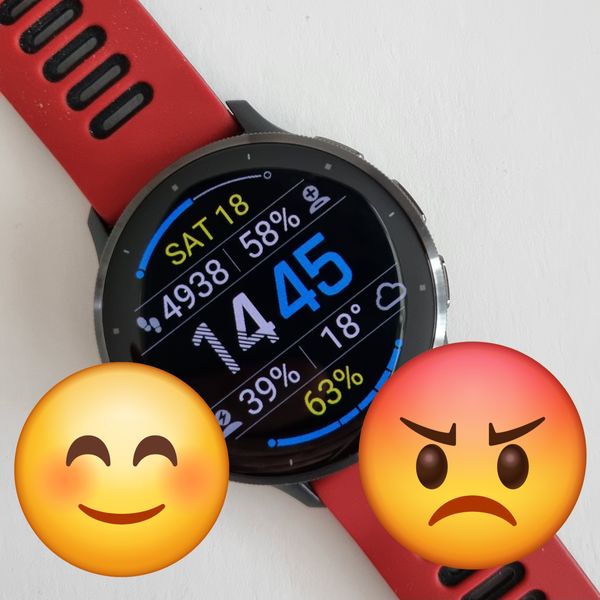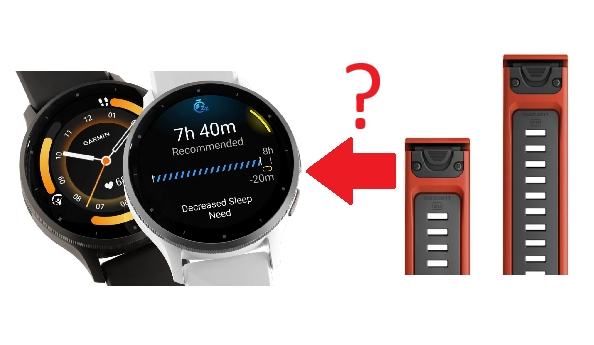Two Galaxy Watch Features Samsung Should Not Have Been Implementing
Some time ago, I wrote about two undervalued features of OneUI 5 for Galaxy Watches (if you did not read it yet, you can find it here — “Two underrated features of WearOS 4/OneUI 5 brought to the Galaxy Watches”). In this post, I want to talk about two features that Samsung should not have implemented at all.
These features are based on dedicated hardware. The hardware and sensor real estate are very limited in such small wearable like a watch. This means these two features probably do not allow Samsung to improve HR sensor accuracy (which is not the best according to tests) and/or do not allow locating GPS antennas better — another weak point of Galaxy Watch, or do use these resources in some other useful way.
These features are:
- Body Composition
- Blood Pressure
And now, I’ll explain why I think so.
Body Composition
Body Composition estimates (not measures!) the percentage of muscles, fat, skeleton, and water in your body. It does this using four contacts with a method called bio-impedance analysis (BIA). You can read about BIA on Wikipedia.
The method itself is not very accurate, sensitive to many nuances like drinking a glass of water, and the time of measurement. Moreover, the estimation relies on parameters provided from outside, like sex, age and physical activity level. The general practical agreement for BIA is that it can hardly be used to get absolute values but can be used to control a trend for a given person. However, one still must be very accurate with the usage conditions.

But why do I think this Galaxy Watch feature is a bad idea?
First, it is very misleading — people expect a precise estimation without following any strict rules and are confused and disappointed with the results.
Second, and the most important reason — this feature makes no sense from a real end-to-end usage point of view.
For body composition estimation, you must provide your current weight; otherwise, the results make no sense at all. This means that one must do the following steps:
- Measure their weight using a scale.
- Start body composition on the watch.
- Enter their weight.
- Do the measurement in a proper position, making sure that fingers touch the buttons and only the buttons, which takes around a minute.
- Redo the measurement if it fails (what happens relatively often).
This process can be significantly simplified if one buys a scale that does BIA itself. Moreover, some of them can sync the results with the Samsung Health app. In this case, the steps one must do are:
- Measure their weight using a scale (same step as #1 in the process above).
That’s it.
A scale with accuracy comparable to the Galaxy Watch can be purchased for $30-$50 everywhere. Actually, I wonder why Samsung has not yet released a scale with Samsung Health integration itself — it would be a way better solution than putting BIA in a watch.
Blood Pressure Measurement
I saw many people purchasing a Galaxy Watch expecting that it would replace their cuff device and were really disappointed.
Galaxy Watch blood pressure must be calibrated against a cuff device every four weeks. So, you must have one anyway.

Therefore, if you do not have severe problems with your blood pressure, you are better off buying a cuff device (a smart one if you prefer) and just keep an eye on your values like… once every four weeks or so — the watch does not add anything.
If you have some blood pressure-related issues, you already have a better device at home. You still probably can use your watch if you need to measure on-the-go. But for this occasional case, you still need to regularly calibrate it. And again, the accuracy of the watch is not that great, which can be an issue for people with BP problems. This makes me think that the number of situations when this feature is really useful is very small.
This said, I think that Body Composition and Blood Pressure measurement in the watch should not have been implemented. Instead, the space used by the corresponding hardware and resources spent on its implementation and getting regulatory approval around the world could be invested in improving core watch features or features that are beneficial for the majority of Galaxy Watch users.






